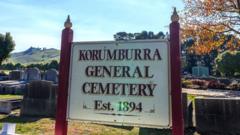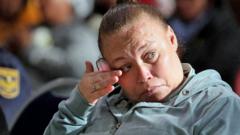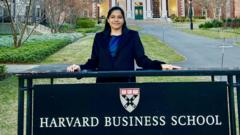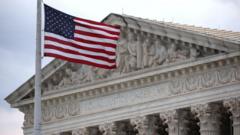In a once-thriving St. Louis neighborhood, the rapid closure of schools has left community members like Thomasina Clarke feeling a deep sense of loss. With a history that boasts alumni such as Tina Turner and Chuck Berry, the potential closure of Sumner High School—a storm-damaged institution—represents more than just the loss of educational facilities; it symbolizes a striking blow to a historically Black community that has already seen significant decline.
As urban school districts across the country grapple with dwindling budgets due to declining student populations,St. Louis Public Schools is evaluating its operational capacity. A recent report indicates the district operates more than double the number of schools it can afford.
Similar trends are emerging in multiple U.S. cities including Philadelphia, Boston, and Houston, where school closures are being considered due to the same fiscal pressures. A documented enrollment drop of 20% or more at nearly 5,100 public schools by a conservative think tank highlights the extent of this crisis, particularly in underfunded neighborhoods.
The recent cessation of federal funding post-COVID exacerbates the issues surrounding under-enrolled schools, compelling local policymakers to adapt strategically.
The fallout from school closures can be detrimental; a previous mass closure in Chicago led to increased violence and worsened academic performance among displaced students, with lingering academic difficulties noted for years thereafter.
In St. Louis, with enrollment figures plummeting from 115,543 in 1967 to just 18,122 last year, the community faces uncertainty as many families relocate to the suburbs. The impact of a recent tornado causing further displacement has raised significant concerns regarding future school operations.
At recent school board meetings, tension is palpable among stakeholders. While some argue that consolidating schools may free up necessary funds for upgrades and repairs, others decry the impending loss of community anchors.
Despite the challenges, local educators and citizens remain hopeful. Initiatives to revive Sumner High’s arts programs have proven successful, generating interest and enrollment in recent years. The enduring spirit of students like Dakota Scott, who found purpose and direction at Sumner, illustrates the critical role these schools play in their communities.
Moving forward, community advocates continue to fight for the preservation and revitalization of their educational institutions. They assert that beyond test scores and enrollment numbers, schools like Sumner are integral to maintaining the cultural fabric and resilience of St. Louis neighborhoods.


















